Interventions for wounds on a high-risk foot
A foot wound in a patient with a high-risk foot can result in amputation so requires prompt management. Interventions for high-risk foot wounds include:
- pressure redistribution (see Pressure redistribution strategies)
- treating infection (see Ulcer and wound infection)
- wound cleansing and debridement
- management of ischaemia
- use of appropriate wound dressings.
Ideally, patients with a high-risk foot wound are managed by a specialised multidisciplinary team (usually comprising of medical, surgical, podiatry, wound care, orthotic and footwear specialists). For patients in rural areas who may not have access to a specialist foot clinic, liaise with the closest clinic (telehealth review may be an option).
Interventions for high-risk foot wounds depend on the aetiology of the wound. Patients with a combination of peripheral neuropathy, peripheral arterial disease and foot deformity are at highest risk of amputation and require earlier and more comprehensive interventions.
For foot wounds in patients with peripheral neuropathy, redistribution of pressure (pressure offloading) is essential for wound healing. Pressure redistribution must be considered when developing a management plan for any foot wound.
Basic pressure redistribution involves:
- encouraging patients to rest
- avoiding weight-bearing activities in the affected area
- using offloading devices; see Pressure redistribution strategies.
Pressure offloading devices are specialised and need appropriately trained therapists (usually a podiatrist or orthotist) to fit them and advise on their use. Patients may incur a cost.
If foot deformity is contributing to the development or chronicity of a wound, invasive interventions may also be required; see Invasive interventions for high-risk foot wounds.
When foot wounds have an ischaemic component (ie patients with peripheral arterial disease), refer to a vascular specialist for revascularisation—manage as for Arterial leg ulcers. Risk factor modification and ongoing monitoring is required; see Intermittent claudication.
|
Nonremovable: Removable: | |
|
total contact cast | |
|
Efficacy and features |
|
|
Other considerations |
|
|
instant total contact cast (iTCC) (a removable cast walker is made nonremovable using plaster or similar material) | |
|
Efficacy and features |
|
|
Other considerations |
|
|
Charcot restraint orthotic walker (CROW) | |
|
Efficacy and features |
|
|
Other considerations |
|
|
removable cast walker | |
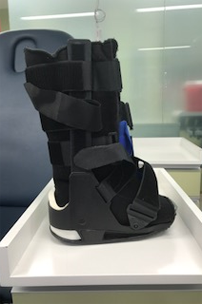
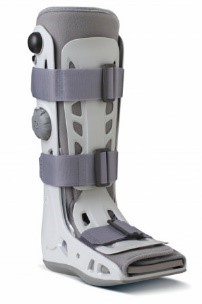
| |
|
Efficacy and features |
|
|
Other considerations |
|
|
soft boots or pressure relief shoes | |
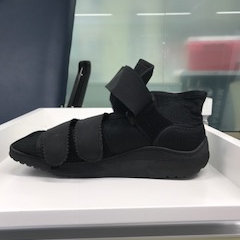
| |
|
Efficacy and features |
|
|
Other considerations |
|
|
felt padding | |
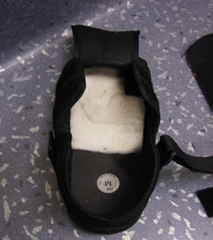

| |
|
Efficacy and features |
|
|
Other considerations |
|
|
orthoses | |
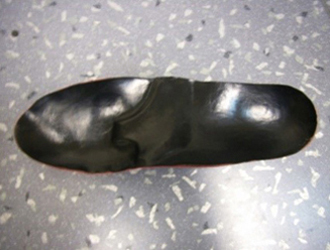
| |
|
Efficacy and features |
|
|
Other considerations |
|
|
pressure-relieving ankle foot orthotic (PRAFO or MPO) | |
|
Efficacy and features |
|
|
Other considerations |
|
|
medical grade footwear | |
|
Efficacy and features |
|
|
Other considerations |
|
|
Intervention (specialist) |
Description |
Rationale and considerations |
|---|---|---|
|
surgical correction (orthopaedic specialist) |
|
|
|
surgical debridement (orthopaedic specialist or vascular surgeon) |
|
|
|
conservative sharp debridement (podiatrist or wound specialist) |
|
|
